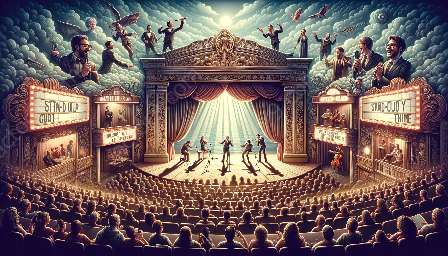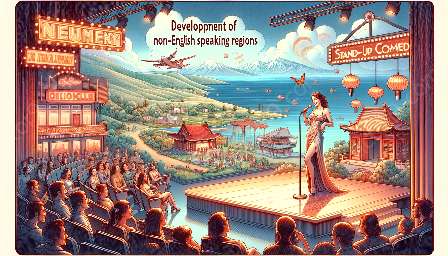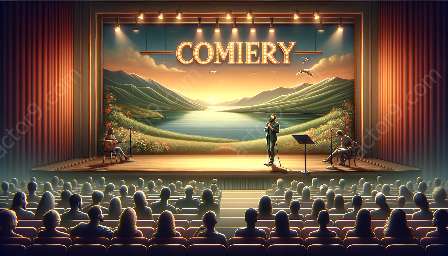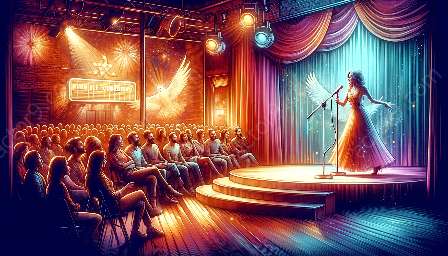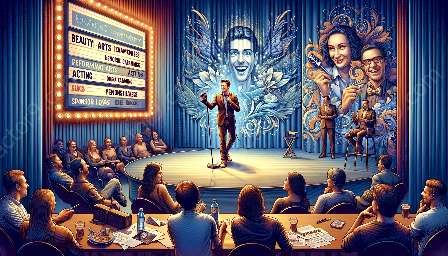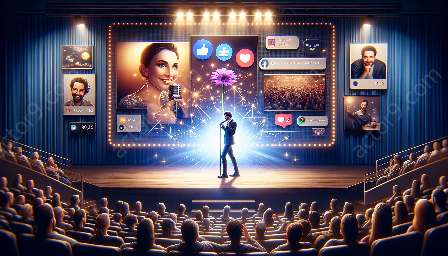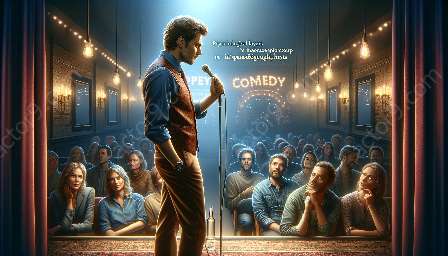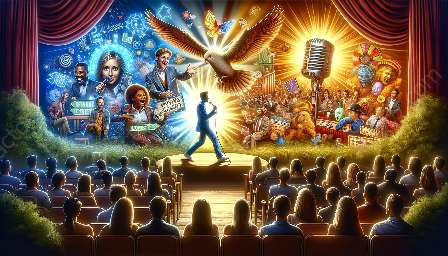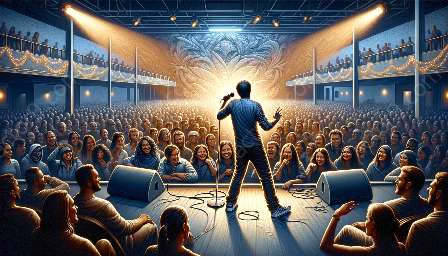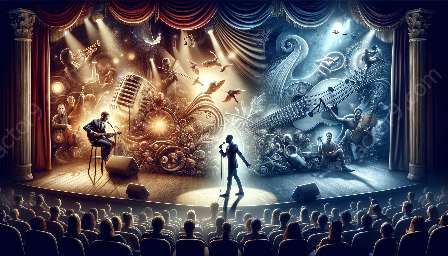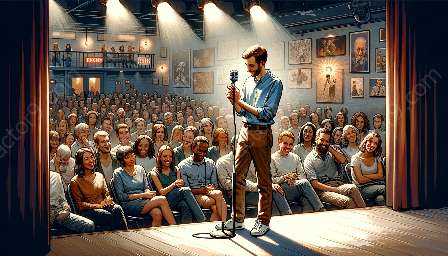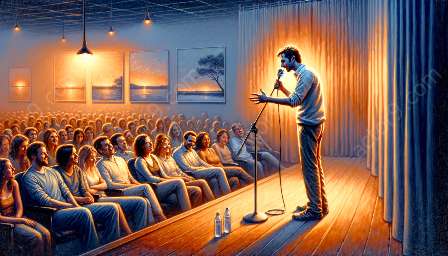Storytelling and stand-up comedy are two distinct forms of entertainment that share the common goal of engaging and entertaining an audience. However, their approaches, structures, and delivery methods differ significantly.
Key Differences in Structure
Traditional storytelling often follows a linear structure, with a clear beginning, middle, and end. The narrative usually includes character development, plot progression, and a resolution. In contrast, stand-up comedy typically consists of disconnected segments, often referred to as bits, that can vary in length and subject matter. While storytelling focuses on creating a cohesive and comprehensive narrative, stand-up comedy thrives on delivering punchlines and jokes that stand alone.
Additionally, traditional storytelling relies heavily on descriptive language, setting the scene, and establishing a mood, while stand-up comedy uses concise language and punchy delivery to evoke laughter and amusement.
Differences in Delivery
The delivery of traditional storytelling often involves a blend of verbal expression, physical gestures, and tonal variations to bring the story to life. Storytellers may use character voices, sound effects, and pacing to captivate their audience. In contrast, stand-up comedians emphasize timing, intonation, and the use of comedic techniques such as misdirection, exaggeration, and comedic pauses to elicit laughter.
Moreover, while traditional storytellers aim to evoke emotional responses and immerse the audience in the narrative, stand-up comedians focus on generating immediate and direct laughter through quick-witted humor and relatable observations.
Unique Elements of Traditional Storytelling and Stand-up Comedy
Storytelling often incorporates cultural and historical references, folklore, and moral lessons, seeking to resonate with the audience on a deeper, emotional level. This contrasts with stand-up comedy, which frequently addresses contemporary issues, societal trends, and everyday observations, aiming to provoke laughter and amusement through humor and satire.
It's important to note that while storytelling prioritizes the depth and coherence of the narrative, stand-up comedy thrives on spontaneity, interaction with the audience, and the delivery of humorous surprises.
Conclusion
While both traditional storytelling and stand-up comedy entertain and engage audiences, their differences in structure and delivery are significant. Understanding these distinctions can enhance our appreciation for the unique art forms and the skills involved in captivating an audience through storytelling and comedy.


